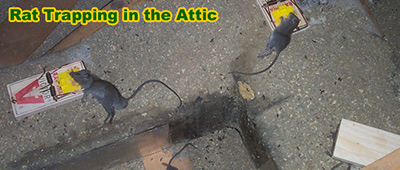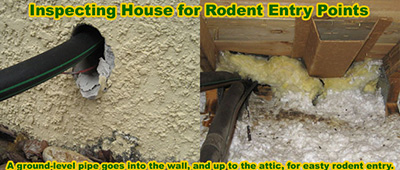Believe it or not, rats don't actually want to eat that many other animals. There are, however, an awful lot of animals that like to prey on the humble rat. They are on the bottom of the food chain. In fact, they are mostly outside of the food chain. Lots above them, not much below them, but still thriving. They're an odd creature, that's for sure.
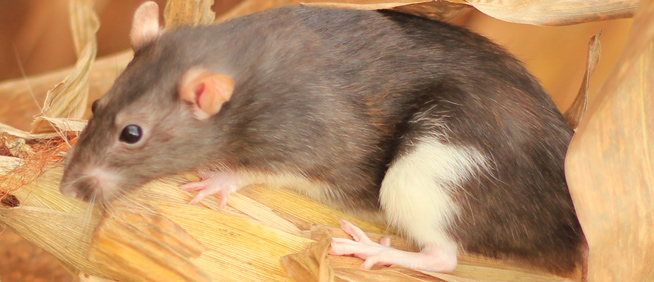
There are many other animals that will prey on a rat, and that's why they live and breed the way that they do. They produce large numbers of their species in a short space of time, specifically with the aim of taking over the world - spreading their numbers far and wide and trying to be as popular, literally, as possible. They want as many rats as possible to ensure the continuation of their species. If only they knew they had continued a little too far!
Rats might not prey on other animals much, but they certainly do eat a diverse range of foods. They will quite literally eat anything they come across, even if it wouldn't seem that appealing to the likes of you and I. Rats in sewer systems, for example, have been known to eat human feces to gain nutrition from it, and more than that, even animal fees such as cats and dogs. Lots of leftover food gets thrown down the skin too, that's why the sewer systems are home to so many rats. They are excellent swimmers too, in case you didn't know. The left-alone situations with a steady flow of food, and water to help them swim around - it all makes for the perfect rat home.
Rats are not only omnivores, but also very opportunistic feeders. They will eat leftovers of food that other animals leave behind, and they'll often wreak havoc on farms and in gardens where foods are growing, particularly if those foods are fruits and vegetables, grains, nuts, seeds, and a whole host more.
Just like other animals, rats will hoard food if they find a steady enough source of it, and that's to make sure they've got plenty hidden in their nests for later - when they start reproducing. With up to ten babies at a time, it takes a lot to feed a small rodent family. They don't drink from their mother for long. They will generally head out at night to find their food, mostly so that they can avoid other animals who may prey on them, and they are even more cautious than that too. They have been known to “try” food. Because their source of food will change so frequently, they never know what they are eating, so they try a bit and see how it goes. If they like it and it doesn't make them ill, they'll continue to eat it. If they don't like it, or it does make them sick, they will remember to avoid eating foods that smell like that in future.
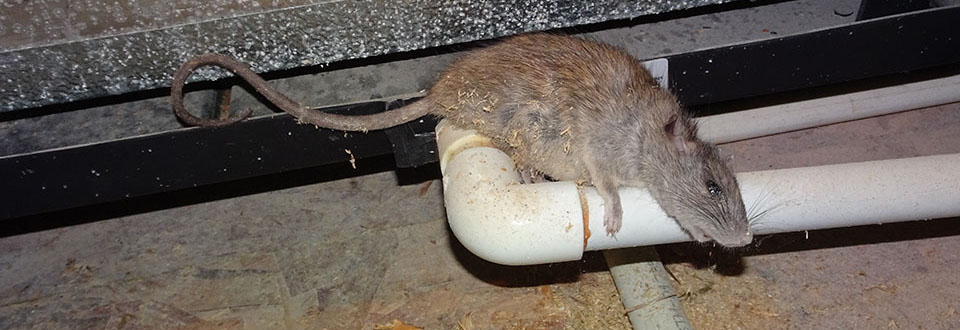
Will rats attack mice?
The only good thing about having rats is your home, is that they will often deter mice from entering the property too. Well, that's until the rats have died in your home, of course. The decomposing bodies of these rodents will attract a wide range of other insects and animals - flies, mice, other rats, and more.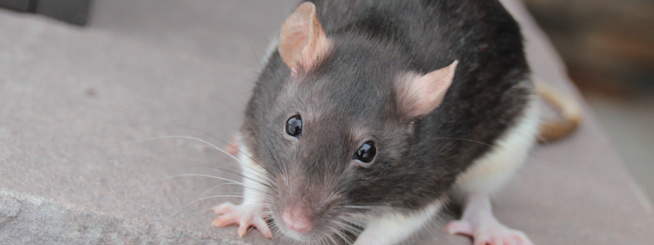
Rats will often prey on mice, if they are present in the same property. That's why the scent of rat urine or feces, and other pheromones, will often drive an infestation of mice away. Although both rodents are renowned for causing heaps of damage, the rat is a considerably worse rodent to have around.
Some people believe that rats and mice came from the same place originally, but mice evolved to be slightly smaller to get to the places that rats could not. This could be used to describe the number of similarities they have, and also what makes identifying them quite difficult to the untrained eye.
You will need to know which rodent you have to understand the right ways to get rid of them. You will need specifically-sized and built rat traps to kill rats, whereas mice will need smaller mouse traps. If you use a rat trap to trap a mouse, there's a good chance it won't work because the mouse is too small. It will easily scamper away before the trap has a chance to work. On the other hand, if you lay mouse traps down and you have a rat ,you might find that the smaller trap doesn't have enough power or force to do the job properly. This will leave you with a "finishing job" on your hands.
Mice are often smaller than rats, and they have softer, lighter fur too. Rats have longer, thicker tails, and rat droppings tend to be more spindle or capsule shaped, depending on the breed of rat, whereas mouse fees are generally more rod-shaped. Mice will only eat 0.1 grams of food per day, whereas a rat will consume ten times that - one gram of food per day. If food is disappearing at a staggering rate, you might have an infestation of rats on your hands.
House mice tend to prefer material that is stored as their nesting / home points. This will mean places such as wooden or cardboard boxes. Rats will prefer different spaces in your home or commercial property. The Norway rat, for example, is a burrowing rat, whereas the “roof rat” prefers trees, as well as your attic and within the walls of your home.
Make sure you know what rodent you have in your home before you take any action. Using the wrong traps will only lead to unpleasant things. Never, ever use poison.
Go back to the Rats in the Attic home page.
It is well known that rats pose a danger to human life. As one of nature’s hardiest and most adaptive species, rats can overcome just about any difficult situation and survive in almost any environment.
Rats can harm humans in a wide variety of ways. They are bearers of a number of infectious and deadly diseases, as well as carriers of ticks and fleas. These are commonly transmitted via their urine or feces which, if left unchecked, can allow diseases to rapidly spread especially if not dealt with quickly inside the home.
A rat bite can give a human an infectious disease called rat-bite fever (RBF). In North America, this passes on a bacteria called streptobacillus moniliformis, otherwise known as Haverhill fever or epidemic arthritic erythema, which can be fatal if untreated.
Apart from diseases, rats can also damage property by gnawing at the foundations of homes or attics which can in time weaken the structural integrity, or chewing on electrical cables which can cause hidden fires.
But whilst rats are generally thought of as being at the bottom of the food chain, having far more predators than they do prey, rats can also pose a threat to other animals in certain circumstances. This is because rats are omnivorous, meaning they will eat practically anything in order to survive, especially if they are starving. They are also territorial and will attack any other creature trying to occupy the same space as them.
That said, their relatively small size does make it difficult to kill most creatures. For example, despite often being put in the same category, rats have a habit of killing mice when hungry, called muricide, although they do not tend to consume much of the mouse. This is because rats are much bigger and heavier than mice, so they have an easy advantage when fighting.
Rats may also kill other small mammals if given the opportunity, like other rodents or small birds. There have even been reports of rats killing small pets like cats or dogs, especially puppies and kittens, due to their overly aggressive nature. Generally speaking, however, they will lose the fight to anything much bigger than them. Contrary to popular belief, cats are not actually that good at killing rats. They are generally quite timid around rats, and it is reported that dogs are more likely to kill rats than cats.
Apart from this, rats will also certainly eat insects like beetles and, if challenged, other rats, especially when trying to find a mate or during territorial disputes. Additionally, some rats are semi-aquatic and may live in swamps or wetlands where water is abundant. These species have adapted to hunt water-based creatures like fish, turtles, or even crabs.


